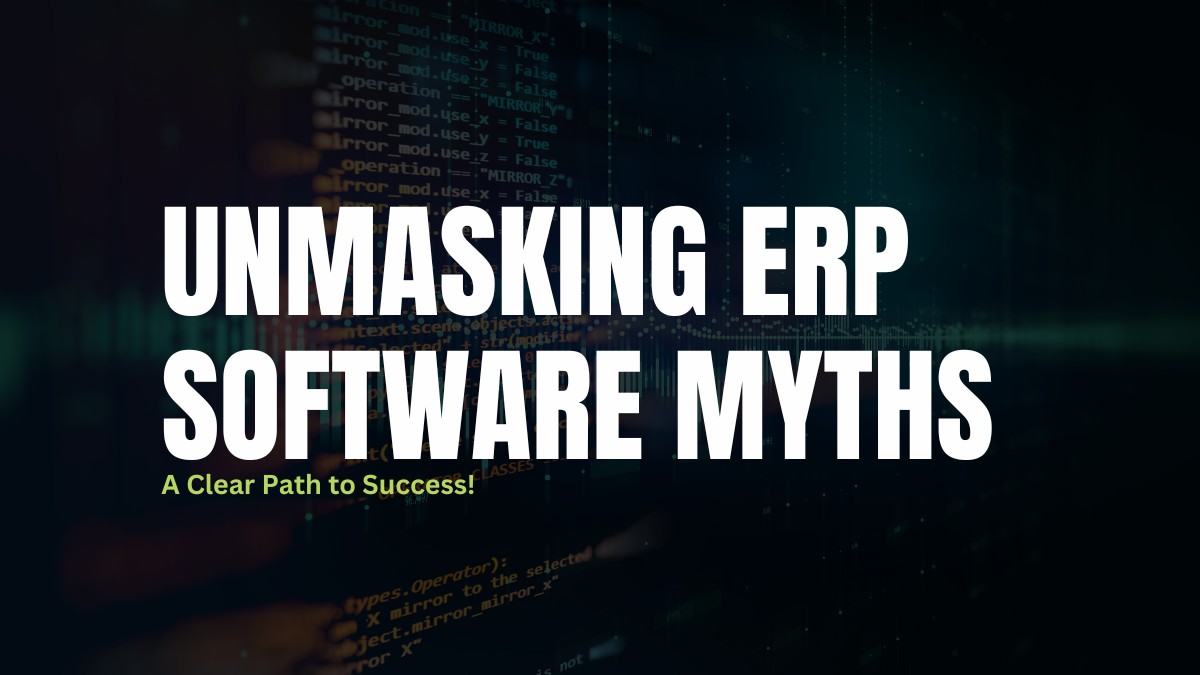The Indian retail market is estimated to be USD 450 billion, which is roughly equivalent to Rs 22,50,000 crores (source: Wikipedia). Needless to say, it is the largest market for software vendors. When we refer to ‘retail,’ it’s important not to focus solely on big brands but also on businesses like small and medium enterprises, retail units, wholesalers, pharmacies, shops, etc., as these contribute significantly to this industry. However, when it comes to the software side, it is still in its infancy in providing adequate solutions. A vast majority of businesses require the right software for their operations today or in the near future. There are various approaches in this field, ranging from manual methods to implementing ERP systems with the hope that they will enhance business performance. It’s crucial to dispel common software myths to make informed decisions in this rapidly evolving landscape.
Manual Billing System Challenges
A significant percentage of businesses still rely on manual billing systems. However, many are hesitant to transition to software solutions due to fear and the perception of unfamiliarity, often influenced by common software myths. Moreover, the initial cost may not appear reasonable because it’s different from what they’re used to. Nevertheless, it’s widely acknowledged that migrating to software will become unavoidable in the very near future.
Softwares
As we mentioned earlier, we know that a vast majority of businesses require the right software for their operations today or in the near future. So, when software becomes mandatory, the next question is how to choose software that can replace the current system without affecting the business.
Customised Softwares
Many companies give their software development projects to vendors for customization according to their business requirements. This approach may seem efficient since the software can be tailor-made for your business, and you can request additional features. However, customization, in most scenarios, does not turn out to be successful due to several factors. Developing customized software requires a comparatively larger investment and a long wait for it to become usable. It also tends to be less adaptable to market trends and is more likely to be error-prone, often exceeding the budget for both the customer and the vendor.
In-House softwares
Many companies have their own in-house software teams to develop and provide support for their businesses. However, it’s not always adaptable for small industries due to the costs involved in maintaining a dedicated software department. Nevertheless, this approach is often chosen in cases where there is a significant and continuous requirement for a software team, and other options are not viable for the particular business.
Ready made softwares
So the solution is ready-made software for the retail segment, which is tried and tested and comes within the budget. There is a huge demand for ready-made software that can be adapted to the scenarios faced by businesses. Many software options are available in the market that offers the same. However, it is difficult for ready-made software to fit 100% for every business. Nevertheless, it should include most of the scenarios in the area.
About Quarto
Quarto Software has over 12 years of experience in the market, and over the years, it has demonstrated a clear edge in providing the right solutions for businesses. When a ready-made software encounters challenges in adapting to specific business scenarios, it often necessitates customization of the product. This can bring about the same issues mentioned for customized software or lead to switching to other software solutions. Transitioning to new software, no matter how small it is, can be a real challenge when you need to run your business operations simultaneously.
Quarto has evolved over time to become adaptable to most business scenarios. Quarto is no longer just a customized software; it has evolved into a ready-made customizable software solution.
In brief, choosing a software wisely is very important for a successful transition from the existing system. It’s essential to make informed decisions and dispel common software myths that might influence your choice.

